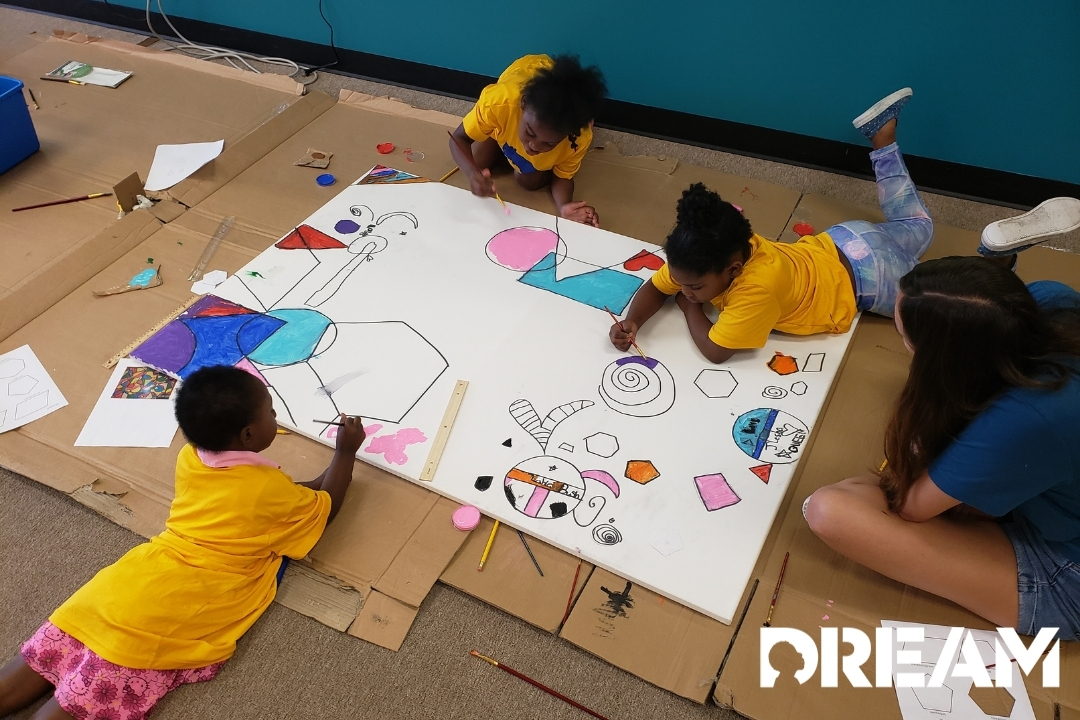Do you ever feel like life is passing you by? Feel overwhelmed by uncontrollable situations, and that you’re not actually enjoying the present? In today’s busy world, it’s easy to focus on the next thing we need to do, rather than actually caring for ourselves and those around us.
Mindfulness involves focusing our attention on being fully present, being aware of who we are and what we’re doing and accepting our surroundings without judgment. When we practice mindfulness, we train our brain to refocus on current surroundings, leaving us in a more peaceful and relaxed state. If you want to practice mindfulness, check out these easy steps.
1. Focus on your breathing.
The first step in practicing mindfulness is breathing. Find a calm, quiet place, where you can truly relax and focus your attention on quiet time. Slow your breathing to long and deep breaths in and out of your lungs. Identify your in-breath and out-breath as you go through the motions.
Be sure to sit straight comfortably so your lungs can completely fill in and out. If useful, go through your breaths as you would through counting. Breathe in… 2, 3, 4, 5. Breathe out… 2, 3, 4, 5. Clear your mind as you notice, “This is my in breath. This is my out breath.” Let your thoughts float away as you focus on your slow, deep breaths.
2. Cultivate your concentration.
Next, cultivate your concentration by focusing all of your thoughts on the present moment. Be careful not to allow any interrupting thoughts, such as, “Did I remember to take the dog out?” Interruptions draw you away from the moment and distract your mindfulness. When they do happen, excuse the thought and continue to focus your concentration on the present.
Take in the current moment completely as it is. The goal is not to focus on how you can improve the moment, but rather to accept it completely without judgment. Whenever outside thoughts creep in, don’t feel overwhelmed or irritated. Gently bring back your concentration and continue to relax in the present moment.
3. Be aware of your body.
As you practice mindfulness, be aware of every part of your body and how you use it. Sit comfortably straight, with hands on your knees and arms uncrossed. Open body language lets your mind know that you are relaxed and willing to accept anything that comes. If you’re sitting on a cushion, cross your legs comfortably; if in a chair, rest your feet flat on the floor.
Be sure your body is comfortable and open. If you feel relaxed enough, close your eyes and let your chin drop to your chest. As you practice mindfulness, be aware of your body by focusing, “I am aware of every part of my body. I feel it and accept it for who I am.” Continue to slowly breathe in and out as you focus on each individual part of your body.
4. Release your tension.
Once you’ve become aware of your body, recognize and release any built-up tension or stress you feel. Tension accumulates when we let our bodies go on for too long under stress. But, by focusing on mindfulness, we can help to release all of this.
Focus your thoughts on deep relaxation. By accepting the current moment for what it is, we can release any judgments or stress we feel towards it, and therefore relax the tension in our body. Focus your breaths on any part of your body you feel tension, and let them stay there as you fall deeper and deeper into relaxation and mindfulness.
When you feel completely relaxed, come out of your state of mindfulness and continue through the day. But remember, mindfulness isn’t another thing to check off the “to do” list every week.
Whenever life feels too overwhelming, take time to practice mindfulness in that moment, and appreciate the present for what it is: a gift.





